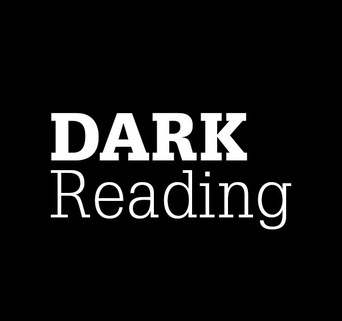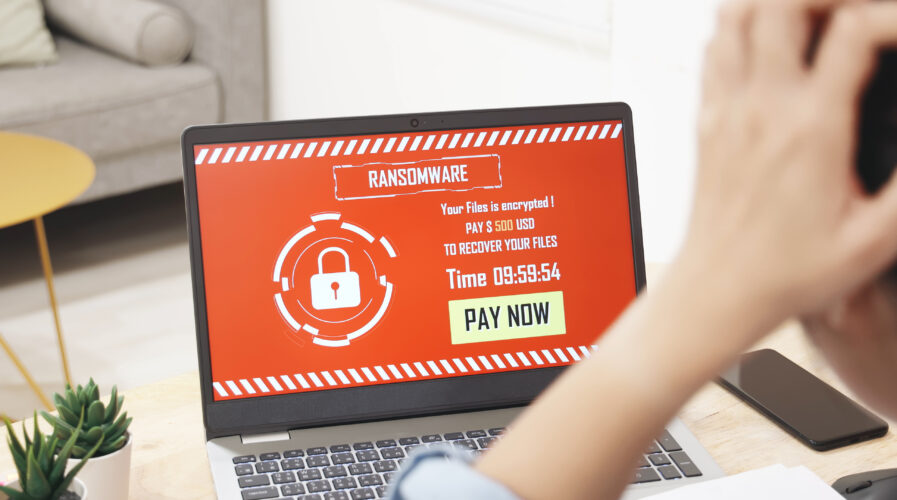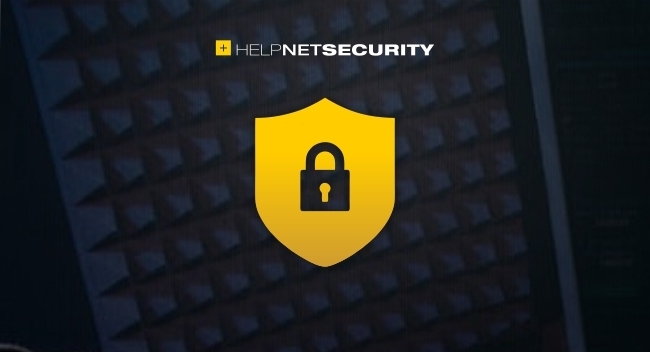“A privacy-first engineering approach is central to organizations’ cyber resilience”
Many enterprises have started realizing the benefits of adopting confidential computing in today’s distributed work environment. In an interaction with Express Computer, Ivar Wiersma, Head of Conclave, R3 outlines how organizations can leverage confidential computing to securely aggregate their datasets to solve shared business problems for their customers and across markets.
What are the current cyber security challenges, especially in the new normal post the pandemic?
The new normal definitely poses new challenges for cyber security given the fact that many businesses have found ways to operate virtually. There has been a 17% increase in the number of data breaches now compared to 2020 which underlines the importance of ensuring the security of user data for many businesses in this day and age.
Coupled with the projection that 75% of the world’s population will have their personal data online by 2023, user data security will not only become a responsibility of businesses but a priority for businesses who wish to thrive in a post-pandemic world. To cater to the demands of a growing digital citizenry, businesses have ramped up their partnerships with other businesses to collaborate digitally in a distributed environment.
When doing so, this gives rise to the need to ensure that the data shared is kept secure, confidential and tamper proof. To prevent any tampering of confidential data, many businesses simply do not share their confidential data with partners. This is a key challenge for businesses in the post-pandemic world. Information sharing offers great opportunities for businesses in which customer data can inform actionable insights, enhance customer experience and build a more resilient, pandemic-proof organization. However, many businesses are still hesitant to share their data as the space remains difficult to control from a technological standpoint once the data is made available.
In the light of these challenges, what are the changes that cyber security practitioners need to adopt?
One possible solution for companies who wish to enhance the security of their complex enterprise structure could be to adopt confidential computing. With this type of…





